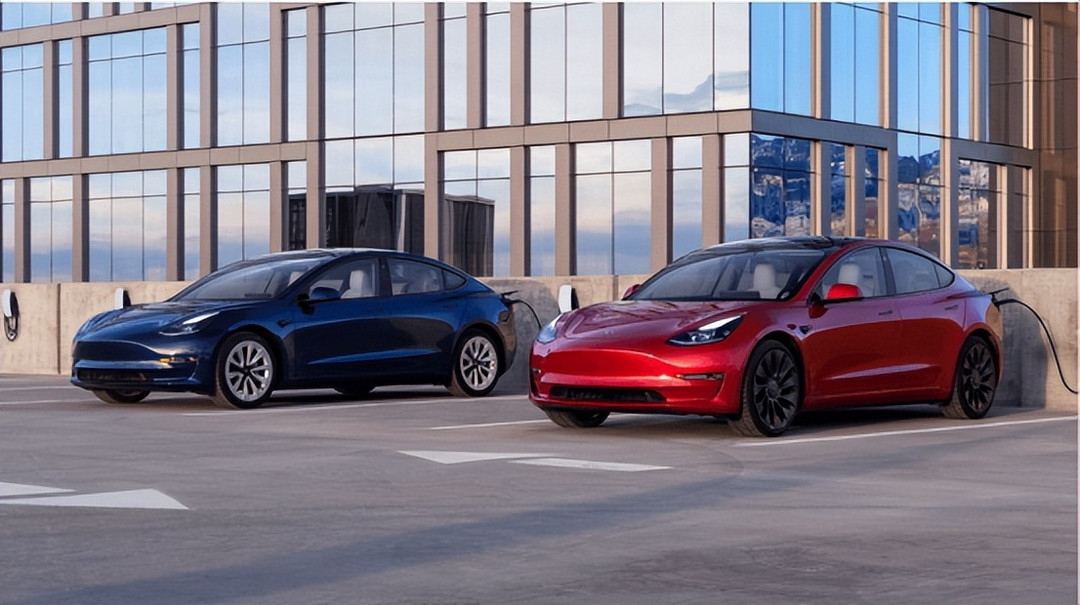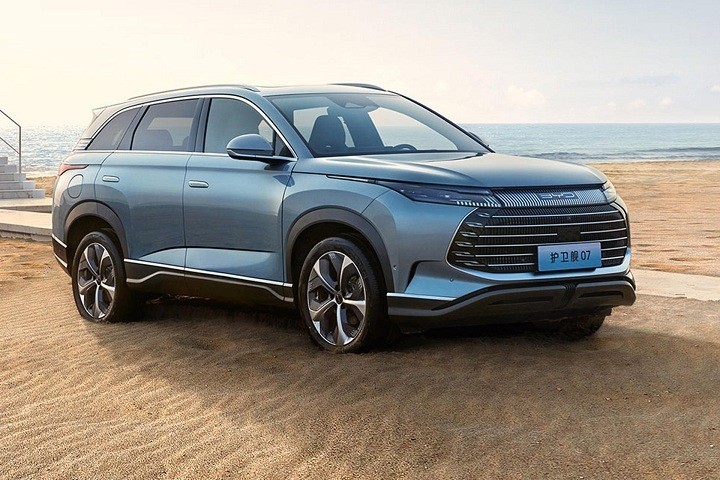In recent years, the rapid development of the new energy vehicle industry has left a deep impression on people. And this year, the most eye-catching aspect for ordinary consumers may be the benefits brought by the price reduction trend. It seems that manufacturers, regardless of their sales performance or whether they sell electric or gasoline vehicles, are all lowering prices. However, Tesla has become a maverick.
On November 14th, Tesla announced another price increase. This is the third price increase in less than a month. At the same time, BYD implemented a large-scale price reduction starting from November 1st. These two industry giants have both set new historical highs, but why did they make completely opposite decisions?

One goes left, the other goes right?
As leaders in global new energy vehicle sales, Tesla and BYD should have had similar strategies. However, they have taken completely different positions on the issue of price reduction.
Tesla initiated a price reduction trend at the beginning of 2023 to capture market share. However, by the end of the year, Tesla became a pioneer in raising prices. On November 14th, Tesla announced a price increase of 1,500 yuan for the Model 3 rear-wheel drive version and 2,500 yuan for the Model Y rear-wheel drive version. Prior to this, Tesla had already raised prices twice on October 27th and November 9th.
In contrast, BYD chose to go against the trend and implemented price reductions from November 1st to 30th, offering discounts for models such as the Guardian 07, Dolphin, Sealion Champion Edition, Song PLUS Champion Edition, and Destroyer 05 Champion Edition, with discounts ranging from 2,000 yuan to 20,000 yuan, 9,000 yuan, and 7,000 yuan respectively.
Tesla and BYD, the two giants, have chosen completely opposite paths regarding price reductions.

Why did they make opposite choices?
Tesla and BYD, as industry giants, face different situations and pressures.
Tesla’s price increase can be seen as a form of “laying flat.” The price reduction at the beginning of the year was intended to seize market share, but over time, Tesla’s market share in the Chinese market has dropped from about 10% to 8% as of October, and its gross margin has also dropped to 17.9%. In comparison, BYD’s gross margin is 22.12%. In this situation, price reductions seem to be unable to achieve the expected results, so Tesla chose to raise prices to improve its gross margin.
BYD’s price reduction is due to sales pressure. In the remaining two months of 2023, BYD needs to achieve monthly sales of more than 300,000 vehicles to meet its annual sales target of 3 million vehicles. During the peak sales season at the end of the year, major manufacturers are competing for market share, and BYD has to adopt a price reduction strategy to achieve higher sales.

Giants going in opposite directions, benefiting the industry?
Tesla’s price increase can be seen as a reluctant move because it has encountered difficulties in increasing market share. BYD’s price reduction is because its set sales target was overly optimistic, and it has to resort to price reductions to achieve higher sales.
However, both Tesla and BYD underestimated the strength of their competitors. In October 2023, Geely New Energy’s sales exceeded 60,000 vehicles, Changan Automobile’s sales exceeded 50,000 vehicles, and NIO’s sales exceeded 40,000 vehicles. They are all steadily approaching the positions of the two giants.
Does Tesla expect to continue to rise with only two models that have not been updated for many years? While BYD has multiple models, it is not an easy task to dominate in various segments. This has made other manufacturers feel frustrated. Are they really worse than Tesla and BYD in car manufacturing?
Conclusion: The automotive industry is in a period of transformation. Although Tesla and BYD are very powerful, other manufacturers refuse to admit defeat. They believe that they are not inferior to these two giants in car manufacturing. Whether it is raising or lowering prices, the decisions made by Tesla and BYD have benefited the entire industry and promoted competition and development in the new energy vehicle market. In the future, we can expect the rise of more manufacturers, driving the entire industry towards a more sustainable and innovative direction.